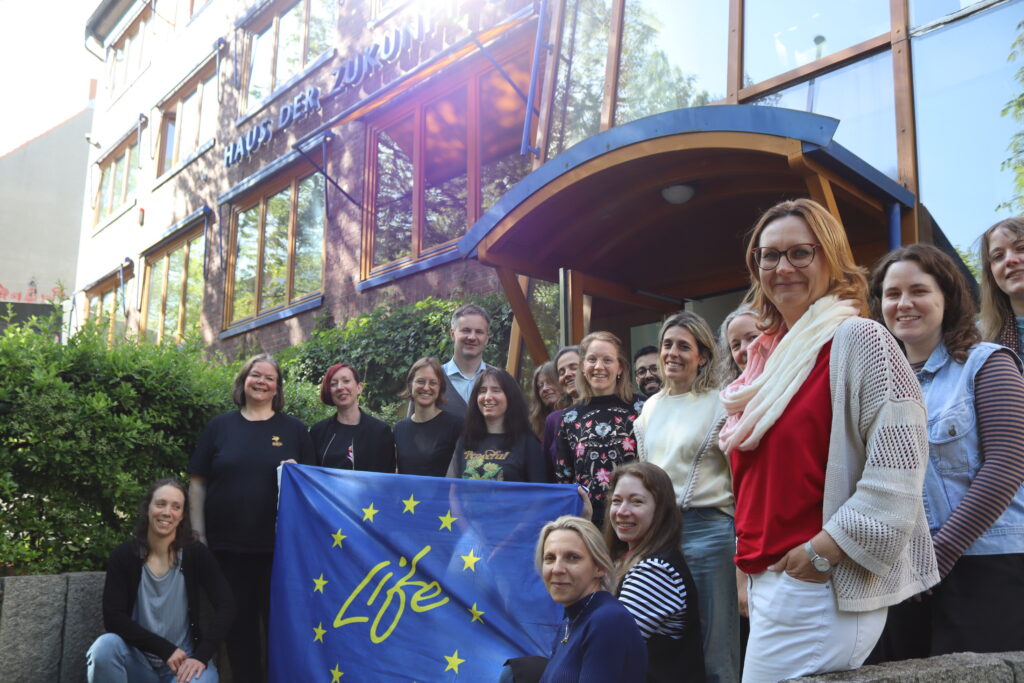
Across Europe, growing awareness of the hidden dangers of everyday products has given rise to a movement of ‘Chemical Ambassadors’. Over 1300 ambassadors have completed NGO-run courses on toxic chemicals and household checks, equipping them with the knowledge to make informed changes in their homes and communities. These actions demonstrate how small, knowledge-driven changes can create healthier living environments.
The Need for Change
The motivation for becoming a Chemical Ambassador often stems from personal concerns about chemicals in everyday products. Many were inspired by documentaries or environmental issues such as the contamination caused by ‘forever chemicals’. The training provides scientific knowledge and practical tools, empowering participants to take action and improve their living conditions.
Transforming Homes: How Ambassadors Made Changes
Ambassadors began by replacing plastic items with safer alternatives, such as glass and stainless steel. They eliminated plastic bottles, children’s dishware and plastic packaging, opting instead for glass food containers. Many also reduced their use of conventional cleaning products by up to 90%, instead using eco-friendly alternatives such as vinegar and baking soda. They switched to safer, certified personal care products or homemade solutions.
Ventilation became a daily habit, with ambassadors airing out their homes every morning and evening to reduce indoor pollutants. They adopted more mindful shopping habits, using apps to identify and avoid harmful ingredients, and choosing fewer high-quality items. They adjusted their food shopping to avoid plastic packaging and chose natural fibres for household textiles.
Decluttering for Health
The ambassadors also decluttered their homes, removing potentially hazardous items such as children’s toys and worn-out kitchenware. They focused on keeping fewer safer, more durable items. They used apps such as ToxFox, INCI Beauty and CodeCheck to identify harmful ingredients and avoid cosmetics that were ‘greenwashed’. These mobile apps proved to be a valuable tool for the ambassadors, demonstrating that consumers highly value transparency regarding the chemical content of products, particularly when they can quickly scan a product’s barcode with their smartphone and instantly determine whether it contains any toxic substances that are currently restricted but not yet fully banned.
Sharing knowledge: Engaging the community
Ambassadors engaged their communities by conducting household checks and using the CheckED website tool in over 2,000 European homes. This tool helped individuals to identify harmful materials and make better purchasing decisions. Many people were unaware of the risks posed by everyday products, but they responded with gratitude and a willingness to change.
You can fill out the CheckED web application too: Find out how much exposure your household has to harmful chemicals, make a change, and then fill out the application again for comparison!
Health Benefits and Positive Outcomes
One example involved a child with severe allergies whose symptoms improved significantly after their mother replaced plastic containers and harmful cleaning products with safer alternatives. These simple changes, grounded in awareness, yielded tangible health benefits.
Challenges and Obstacles
Despite these successes, the ambassadors encountered challenges, such as the high cost of replacing structural elements like flooring or insulation. Changing deeply ingrained habits, such as cosmetic routines, was also difficult. The overwhelming number of chemical exposures left many feeling powerless. This highlights the need for practical, step-by-step educational approaches that empower people without instilling fear.
Waste, Exposure and Recycling Limits
A key issue is the persistence of harmful chemicals in waste. Many toxic substances, especially those found in electronics, are bioaccumulative and contaminate products after their lifecycle. These toxic additives hinder proper recycling, spreading contamination instead of solving the problem. Most long-term exposure occurs indirectly through food, water and air, so prevention is crucial.
Looking ahead: From Awareness to Structural Change
While the efforts of the Chemical Ambassadors demonstrate the power of citizen-led action, individual choices alone cannot bring about change. Urgent systemic changes are needed, such as economic and regulatory incentives to phase out hazardous substances. Companies must take responsibility, and legislation must ensure transparency, accountability and investment in safer solutions.
This movement is not about fear, it is about empowerment. With the right tools, ordinary people can achieve extraordinary things. The actions of Europe’s Chemical Ambassadors prove that protecting health begins at home, but cannot end there. Now, governments and industries must follow the lead of the communities they serve.


